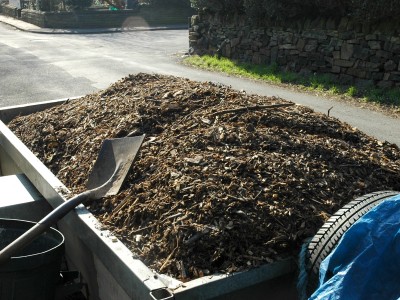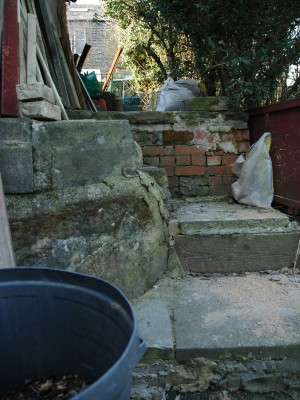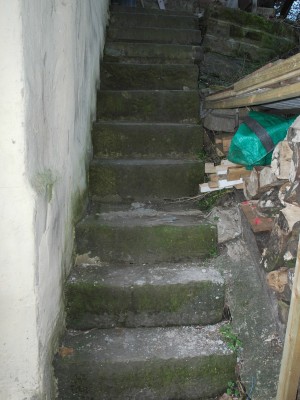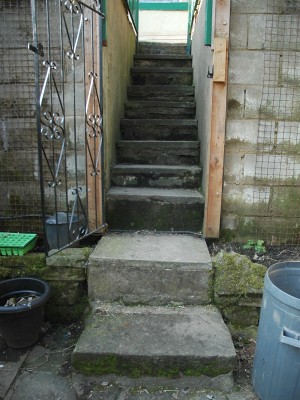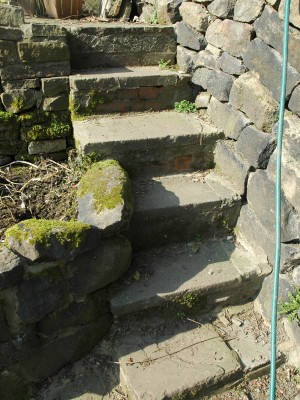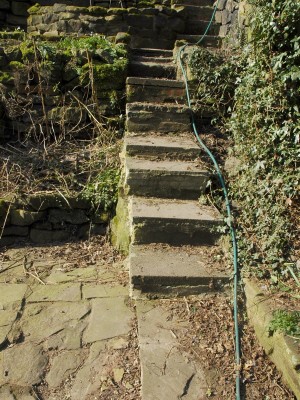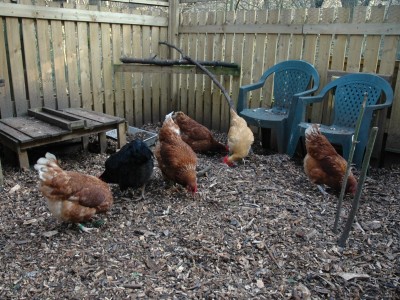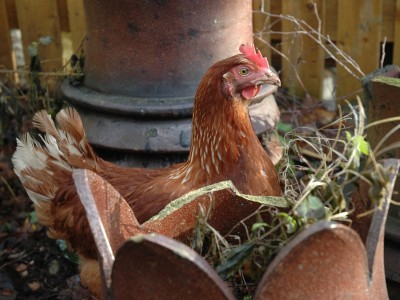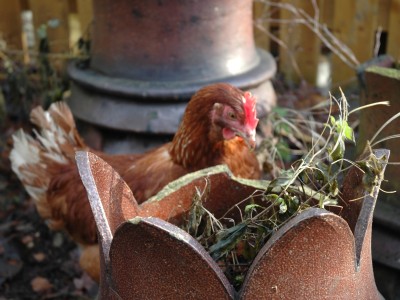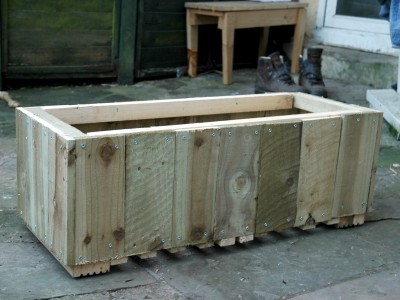Menu planning: the week we hope to actually stick to it
Apologies for dropping off the radar for a couple of days – I wasn’t just recuperating from all those stairs ;) Our bathroom refit has had problem after problem, so is dragging on and on, and John’s dad was here finishing up some work in our storeroom – so we’ve been rather distracted. Then rather than doing anything constructive on Friday, I spent the whole day refreshing the Guardian’s earthquake feed page and watching devastating videos that left my heart in my mouth as the water rushed over farmland and through cities. Not a really good week by any means.
The household chaos of last week meant we veered off the meal plan to a ridiculous degree – we didn’t stick to anything past Tuesday afternoon and ate a lot of junk food. Sigh. We’re hoping that things will calm down this week (John’s dad has finished; the bathroom is, hopefully, through the worst) and we’ll be better behaved.
Sunday lunch – bacon & mozzarella butties
Sunday dinner – Cottage pie – with reduced-to-clear organic mince, lots of veggies and parmasan & garlic mash, yum!
Monday lunch – ham & cheese toasties
Monday dinner – date night dinner out, hurrah!
Tuesday lunch – fish and chips if we’re being naughty; sandwiches if we’re being good
Tuesday dinner – Leftover cottage pie
Wednesday lunch – sandwiches (meat/cheese/egg mayo)
Wednesday dinner – previously frozen keema & channa curry, with naan
Thursday lunch – samosas & salad
Thursday dinner – Tortilla/Spanish omelette with salad
Friday lunch – boiled eggs & soldiers
Friday dinner – homemade pizza
How I spent my Tuesday afternoon
Yesterday John’s dad brought us a trailer full of wood chips for the chicken run. It’s not really obvious from the picture but the trailer is just over a foot deep so this is probably over a tonne of chips.
It’s the third such trailer load we’ve had – the area where the chickens live was originally a slope, which we levelled up with rubble, then topped with woodchips. The chips both rot down and sink down so it periodically needs refilling. We filled it up before the chickens arrived, then a month or so later, and it really could have done with being refilled a month ago but it was too cold to work then.
The chips aren’t expensive – about £10 for the whole trailer – but it’s far from an easy job. You see, the whole garden is on a slope too. We have to carry all those woodchips, a dustbin full at a time, down these steps.
Then these.
Then these.
And these.
And finally these easy peasy ones.
From the stream at the very bottom of the garden to the kitchen, there are 72 steps. An average flight of stairs in a home in the UK is about 14 steps so our garden stretches over five flights of stairs. My from-the-flatlands dad calls it a “a very Yorkshire garden”. The chicken coop is about halfway down the garden – so, from the front of the house, it’s only 42 steps or 3 flights of stairs (only!). Unfortunately it’s the steeper sets of stairs – the other 30 are almost flat in comparison.
I’m glad we don’t have to do it very often.
Still, I guess we should be grateful that it’s not the other way around – that we don’t have to drag the bins up those steps – and that the chickens seem happy with the new flooring.
Last time we did it, the chips were hot & (pleasantly) pungent from composting and the chickens didn’t like the feel of them, but this time, they were straight on and digging through for bugs and edible vegetation. As well as giving them something to dig in, the chips help water drain so it doesn’t get muddy in there and also works like deep litter, helping the poo be absorbed and rot down quicker. I just hope that by next time we need to fill it up, we’ve installed a stair lift ;)
Read MoreSupplementing our chickens’ feed with free greens?
We popped to the feed store in Shipley on Saturday to buy another couple of bags of layers pellets for our girls – a sack last them about three weeks these days.
As we were paying, the owner noted that they’d gone up in price “again” – to £8.45 a 25kg bag. It’s still considerably cheaper per kg than when we were getting pellets from a different store (albeit one that delivered) but thanks to my chicken keeping spreadsheets, I know they’ve gone up twice within six months – they were £7.80 a bag when we first bought that brand in September, then £8.00, now £8.45.
Split over price per kilogram or per day of consumption, it’s not that much of a leap – about 2p extra a day, split between 7 of them, averaging just under 6 eggs a day. But it is a worrying trend — part of the general increase of prices and food costs in particular — and it’s got me thinking again about how to supplement their diet for free/very cheap. It’s not just about the money, it’s about food security – if we can find food for them, they’ll provide food for us.
Last summer, they loved the borage I grew and I also foraged random bits for them – plenty of dandelion leaves & wilted nettles as well as bits of fruit (including the dry pulp left after cider or wine making). Over winter, I’d planned to grow lots of kale and spring cabbage to keep them stocked up on greens in this scarce period – but I think I started them too late and then lost most of them to slugs anyway. I also intended to collect acorns (like Kate from Living the Frugal Life) but didn’t get around to it (I just couldn’t work out how to collect them in bulk in the (public but rarely used) areas where they fell, without having to pick them all up individually, then I saw someone had collected them with a rake. Genius.) As a result, their own free “treats” recently have just been occasional kitchen scraps and bundles of nettles that I dried last summer. (They do have handfuls of mixed seeds/corn too – but that’s not free and will be subject to the same price rises as the layers pellets.)
Now it’s the start of the growing & foraging season again and I’m thinking about what I can try this year.
Read MoreAnother scrap wood planter
It was too nice today to sit inside – a cold, dull start but warmer this afternoon with some lovely soft winter sun lighting up the trees in the wood.
We had a lovely walk in the woods at lunchtime – we took out the neighbours’ year old springer spaniel as well as ten year old Lily, which was a fun change of pace. Sometimes Lily exhausts herself trying to keep up with him but today she was happy for him to run around like a crazy thing while she pottered along. We pottered too – he ran around more than enough for all of us.
After we’d got home from that, I did a quick hours work then headed into the garden to make another scrap wood planter. John’s dad brings us lots of short lengths of scrap timber – the end of planks from a joiners – which aren’t long enough to do much with, but I had an idea the other day for using them to make a planter – and this is the result:
Whenever I’m doing anything with wood, I try to minimise the amount of sawing I have to do because I’m lazy (and have an aversion to sawing after having an awful saw for a long time – the current one is actually really good and easy to use). Conveniently all the flat pieces for the sides and the battens for the bottom were already cut to size – or rather, the sides were all the same size and I let than dictate the height/width of the planter, then found enough suitably sized battens to fit along the bottom. It’s about 1m/3ft long and about 30cm/1ft wide & tall.
Like the other ones I’ve built, it’s made completely from scrap – the short lengths and reusing lengths of structural timber/decking that John’s dad has reclaimed/skip-dived – and I’ll line it with soil bags etc so the only cost are the screws. That was not inconsiderably on this one though – I used a lot of screws! – but at least it’ll double as a really small bomb shelter if we ever have another blitz. ;) If some flat wood – about 1cm by 5cm – turns up, I might use it to make a pretty lip to cover up (and protect) the top rim.
I’m really enjoying making these planters at the moment and hope to get another couple made before I need to start concentrating on planting things in them!
Read MoreSoap making book reviews: Soapmaking by Sarah Ade and The Natural Soap Book by Susan Miller Cavitch
Ahead of making soap for the first time a fortnight ago, I bought and read two soap making books – I thought it would be best to get familiar with the techniques before I started playing with burn-your-flesh lye.
The books I bought were:
- ‘Soapmaking’ by Sarah Ade, part of the New Holland Self-Sufficiency series, and,
- ‘The Natural Soap Book: Making Herbal and Vegetable-based Soaps’ by Susan Miller Cavitch
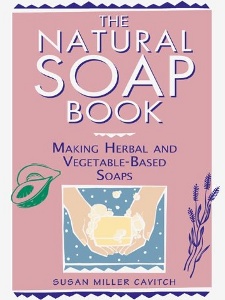 Both came with glowing reviews on Amazon but, to be frank, neither book particularly did it for me. I spent a lot of time looking for what I thought would be the most suitable books but still, I may have had overly high expectations or completely wrong ones so I’ll start with some positives of both before I start with my criticisms.
Both came with glowing reviews on Amazon but, to be frank, neither book particularly did it for me. I spent a lot of time looking for what I thought would be the most suitable books but still, I may have had overly high expectations or completely wrong ones so I’ll start with some positives of both before I start with my criticisms.
Both are nice books to look at and easy to read. ‘The Natural Soap Book’ is particularly lovely – it’s printed in a lovely purple font on soft cream paper, with clear, relevant line illustrations. There is a lot of text in it – considerably more than ‘Soapmaking’ – but there is still enough “whitespace” to make it pleasant to read and not feel cluttered or dense.
Both books include pages on soap-making history & theory, useful information on the chemistry of soap making (saponification charts etc) and the characteristics of different oils/butters, and scents and other (natural) addictives. ‘The Natural Soap Book’ went a bit further, as you may expect from a more advanced book, but ‘Soapmaking’ provided a decent amount of information too.
But (and this is where the criticisms start) for all their talk about different soaps and oils/butters, the recipes seem lacking in variety. All but one recipe in each book contains olive oil, palm oil and coconut oil – not just in there a little bit, but the majority (fat) ingredients in every case. Now I know the authors are both experienced soap makers and I’m not so perhaps I’m wanting something that’s stupid, but I’d have liked different types of soap mentioned – a 100% olive oil recipe (since that was one of reasons I started looking at making soap), or some without palm oil or without coconut oil, or heck, without olive oil. It felt like there was a basic recipe that they always used (admittedly perhaps with good reason) and the only different thing was the essential oils or the odd bit of some special oil (‘Soapmaking’ was particularly guilty of this – they felt very much variations on a theme except for the liquid soap recipe in the “taking soap further” section).
Read More


